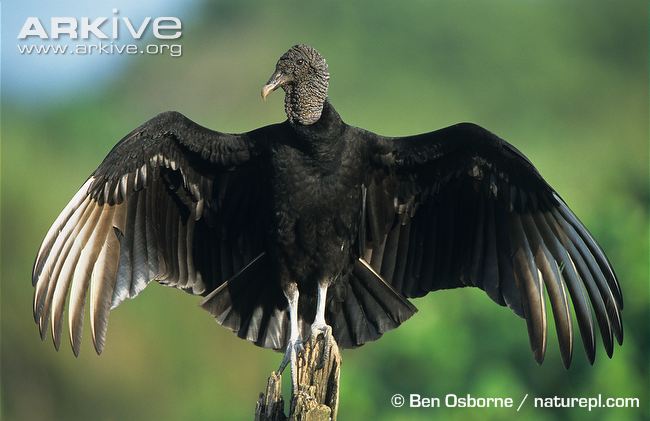
Coragyps atratus
SUBFAMILY
Catharnae
TAXONOMY
Vultur atratus Bechstein, 1793, St. John’s River, Florida. Three
subspecies.
OTHER COMMON NAMES
English: Black vulture; French: Urubu noir; German:
Rabengeier; Spanish: Zopilote Negro.
PHYSICAL CHARACTERISTICS
22–27 in (56–69 cm), 2.4–4.2 lb (1.1–1.9 kg). Entirely black
with light gray ventral wing patches at the base of the primary
feathers. Sexes alike. Smooth dark gray head skin of young
birds becomes fleshy and warty with age.
DISTRIBUTION
Southern North America to southern South America.
HABITAT
Open areas and water ways.
BEHAVIOR
Roosts, forages and feeds more socially than other species of
Cathartidae except for the condors. Flocks at roosts can number
several hundred. Heavy wingloading causes tendency to fly
at higher altitudes and flap more compared to Cathartes
species. Most gregarious of the species.
FEEDING ECOLOGY AND DIET
Will feed on dead animals of any size. Have been known to kill
injured or highly compromised animals on rare occasions.
Finds carcasses by observing the
BEHAVIOR
of other species and
checking areas where food was historically more predictable.
Cannot use olfaction as can members of the genus Cathartes,
relies primarily on sight.
REPRODUCTIVE BIOLOGY
Two brown mottled eggs laid in darkened sheltered cave, thick
vegetation, or abandon buildings. No nest material used. Incubation
takes 38–45 days. Chicks covered with reddish brown
down; fledging at about 90 days. Extended parental dependency
of several months.
CONSERVATION STATUS
Not threatened. Common in most areas of its range.
SIGNIFICANCE TO HUMANS
Never considered food. Like other small vultures generally tolerated
because of feeding habits that reduce the presence of
animal carcasses decreasing the likelihood of disease transmission
to humans.
Other popular Animals
Photo Gallery of - American black vulture
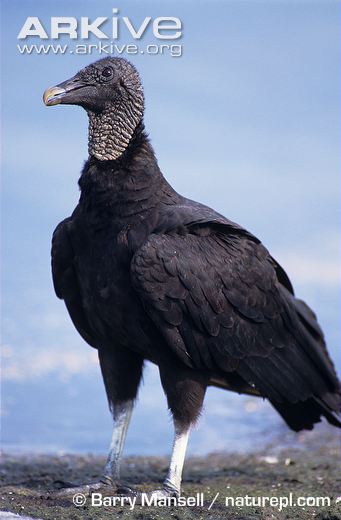
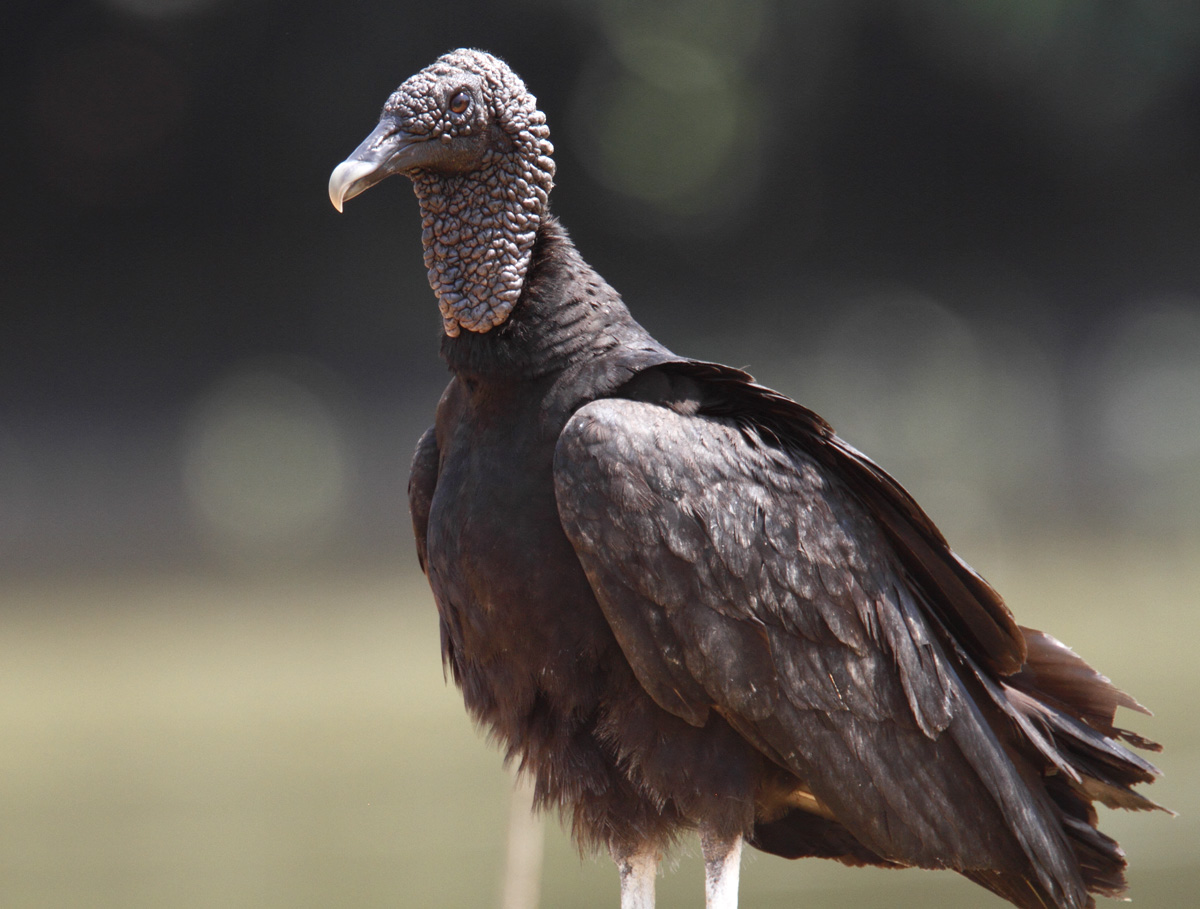
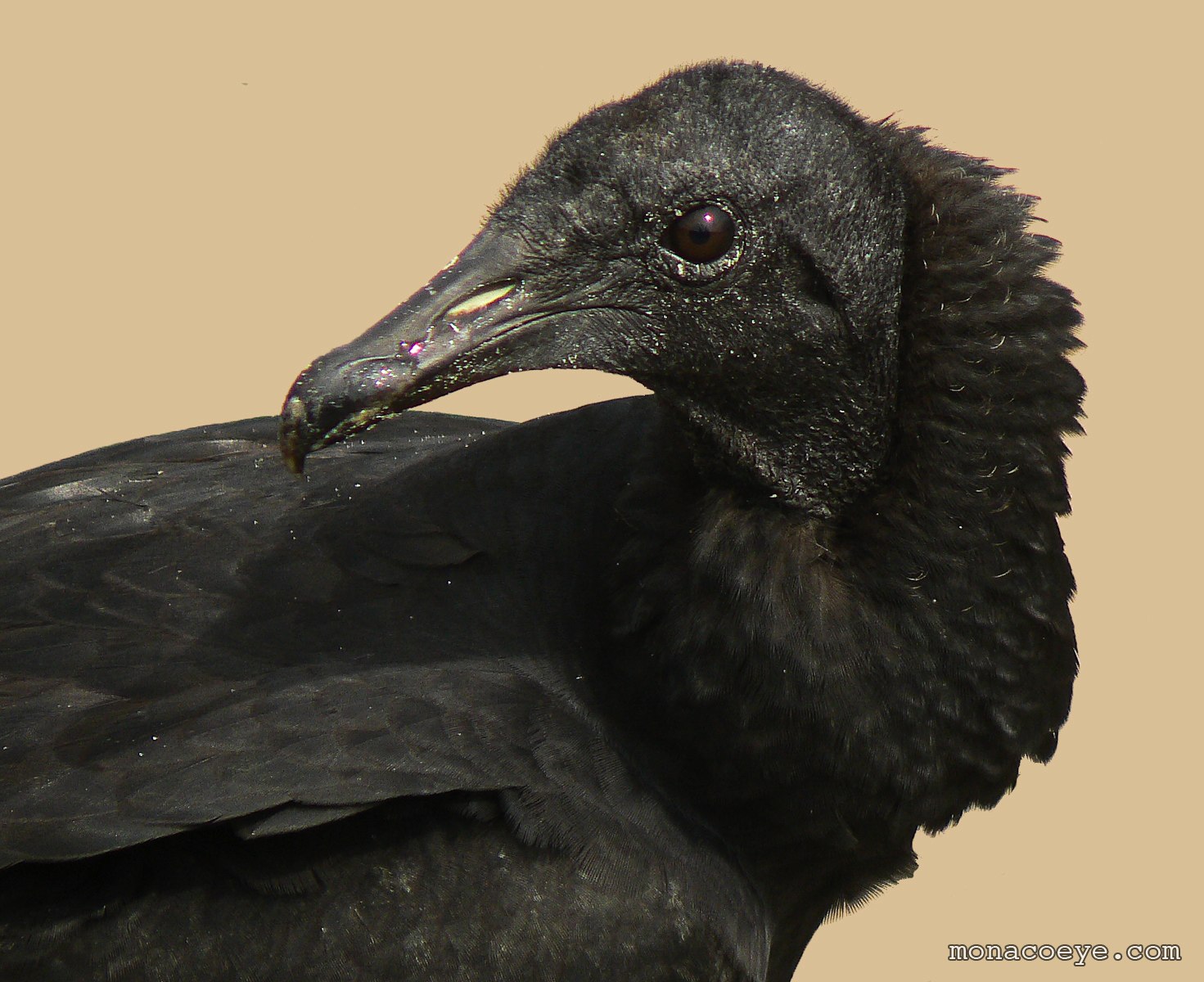
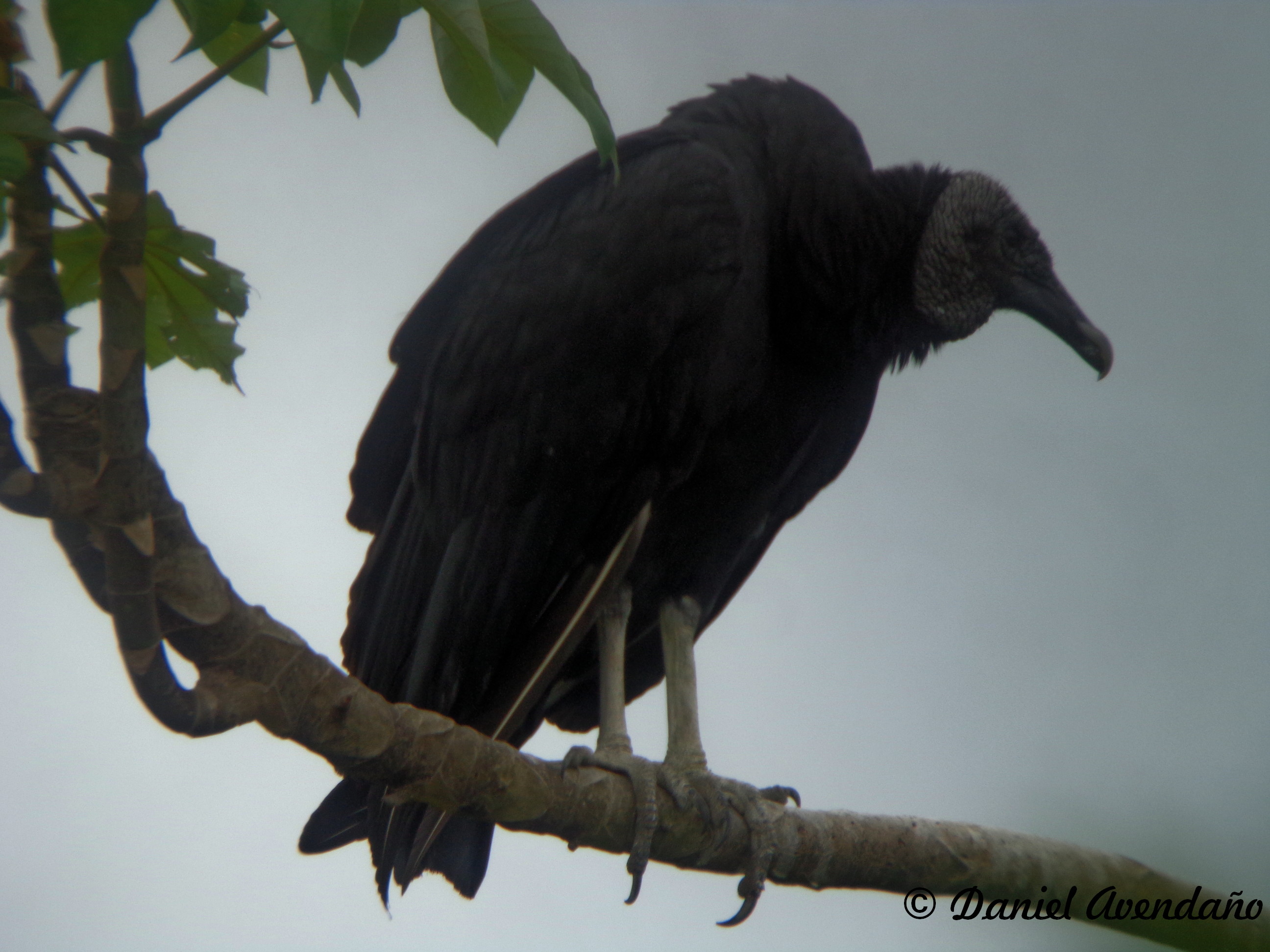
 Animalia Life
Animalia Life